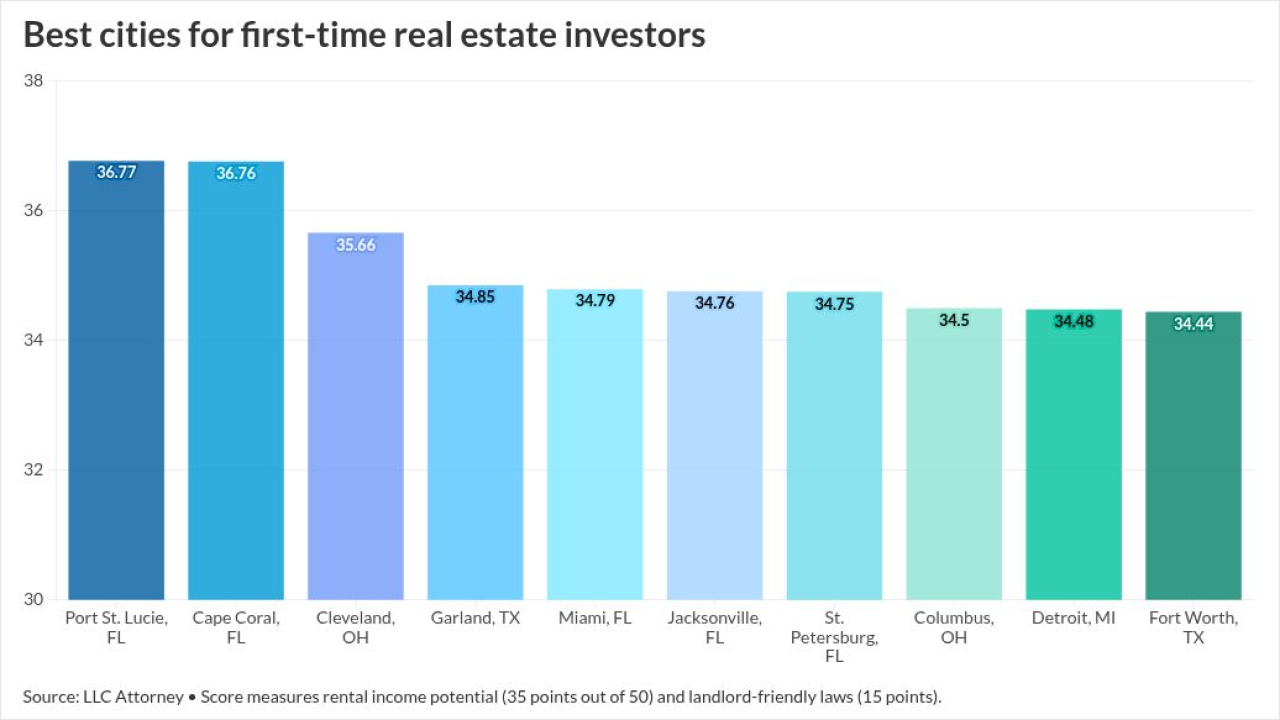Privatizing the National Flood Insurance Program would raise premiums by hundreds of dollars, according to a study that estimates the impact as policymakers weigh potential changes and mortgage-related coverage costs climb.
The average 64% increase would equate to an additional $600 in annual costs for the average homeowner with flood insurance, who currently pays $933 a year, according to Insurify. The comparison shopping platform also found increases could be far higher in some states.
The recent budget-related government shutdown that
Like many federal budget items, the NFIP program was renewed through the end of January and
Which states would have the biggest price hikes if NFIP was privatized?
Hawaii would face the biggest percentage increase with its payment rising 218% from $787 to $2,507. West Virginia would follow with a 176% which is magnified by the fact homeowners in the state currently pay a particularly high average $1,678 premium that would rise to $4,633. New Hampshire would experience a 131% increase, with its average premium rising from $1,140 to $2,637.
None of these states are in the top five that dominate NFIP policies by volume but they all do have some prominent flood concerns.
Insurify notes that research from climate-risk modeling non-profit First Street shows over 30% of the properties on Hawaii's islands face elevated risk, West Virginia's "steep inclines and narrow valleys" contribute to its high insurance costs and New Hampshire contends with "snow accumulation and heavy rains."
How much would prices go up in states with the most NFIP policies?
States that account for most of the nation's flood policies would see notable premium increases under privatization, even if the spikes fall short of those expected in Hawaii, West Virginia and New Hampshire.
Florida, which accounts for around 38% of domestic flood policies, would experience a 76% increase that would drive the average premium up from $902 to $1,584. Texas' share of the flood market is 13%, and its average premium would rise by 53% from $923 to $1,408.
Louisiana, the state that takes out the third largest number of flood policies in the United States, counts on the NFIP for 97% of its coverage and would see its average premium of $965 rise 87% to $1,805.
The methodology behind Insurify's findings
Insurify examined data from the NFIP, Federal Emergency Management Agency and the National Association of Insurance Commissioners' Private Flood Data Call report to estimate privatization's impact.
Data specifically examined included FEMA's median pricing data for single-family homes, which it applied risk-based insurance rates to at the state level.
Insurify noted that estimates may not match rates of individual insurers and could vary widely depending on the property or company involved.



